Below is the Plain of Jars, site #1.
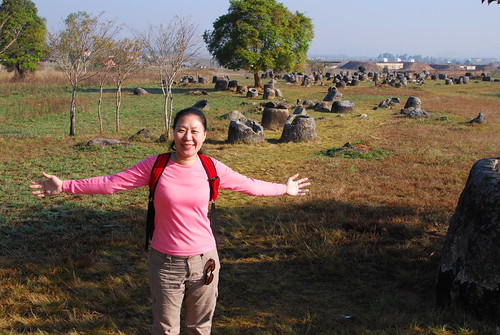
But, as promised, we’re going to show you where we stayed, first.
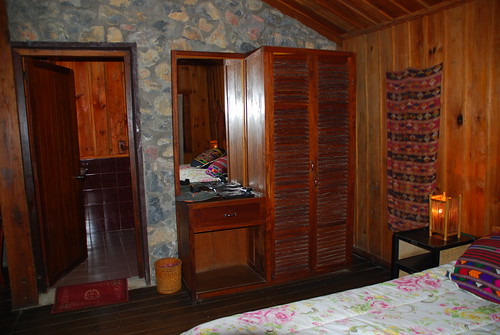
We stayed at the Auberge Hotel in Phonsavan. We asked for a room with a view of the valley and we highly recommend that you do that too. You’ll see why in a moment! The price was USD 60 per night and the value was great for that price, which includes breakfast. For those of you who like to view maps or have a GPS, the coordinates for the Auberge are N19.44269 E103.22148.
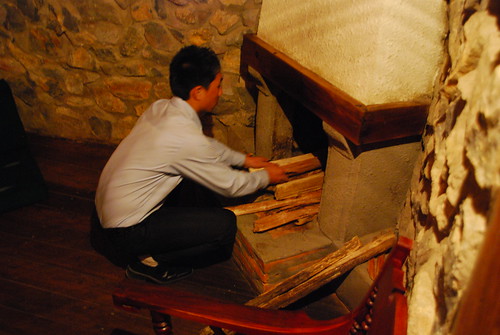
The room has a fireplace and the office will send someone over to light a nice fire for you.
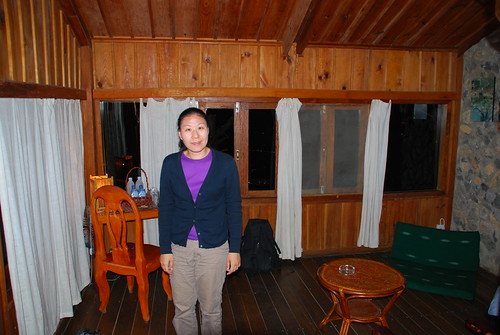
This is the main “parlor” of the room and during the day the view out of those windows is really something to see.
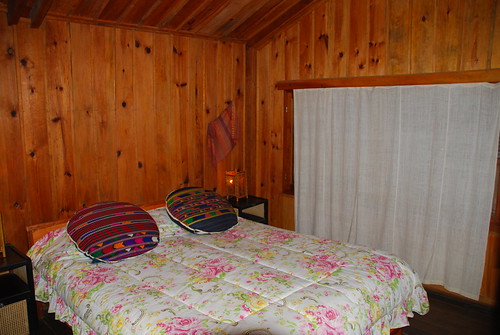
The bed was large and comfortable.
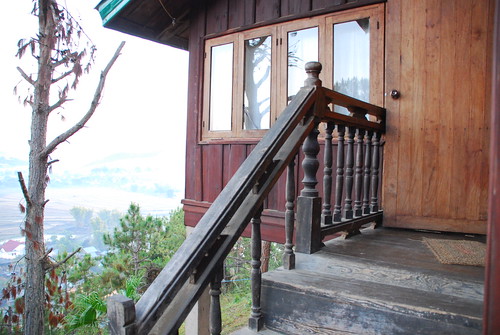
As you can see, the valley drops off behind the room.
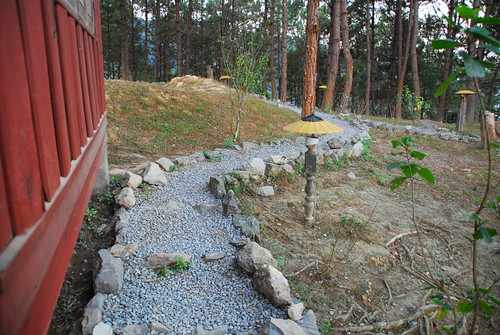
The trails to the various rooms are well lit at night.
Now, for the view!
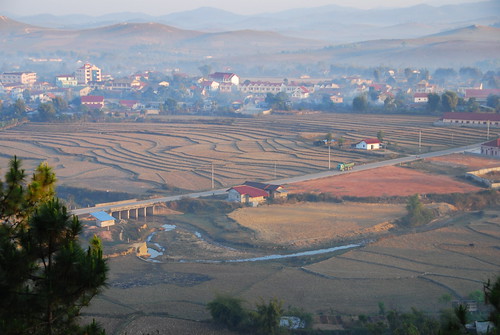
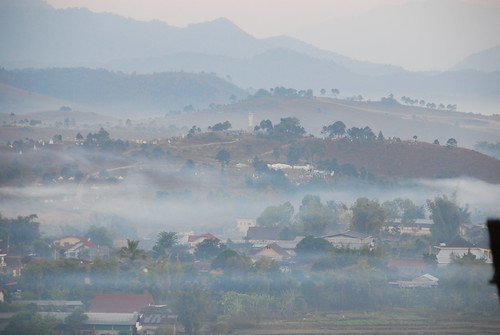
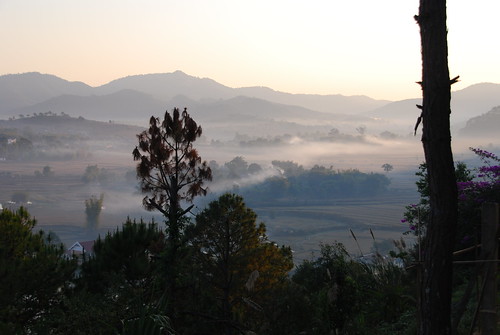
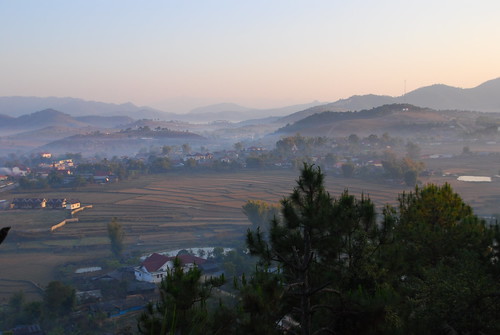
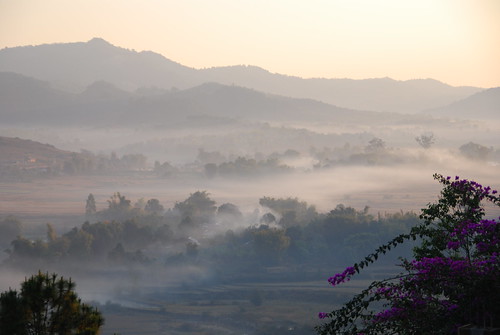
You have to see it for yourself to appreciate it!
We left in the morning and went to our first site of the day, the Plain of Jars Site 1.
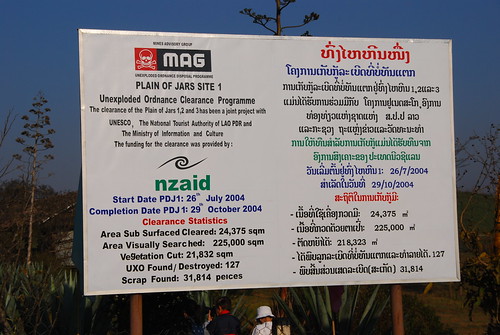
As usual, there was a sign showing the site statistics:
- Area sub-surface cleared: 24,375 square meters
- Area visually searched: 225,000 square meters
- Vegetation cut: 21,832 square meters
- UXO found/destroyed: 127
- Scrap found: 31,814 pieces
Upon arriving at Site #1, we found the initial area to be quite crowded, as several tour buses had arrived before us. Hui-chen and I decided to check out another area and come back to the first area after it cleared out.

This is a view of the main area from the first area. Yes, that is a bomb crater on the left.

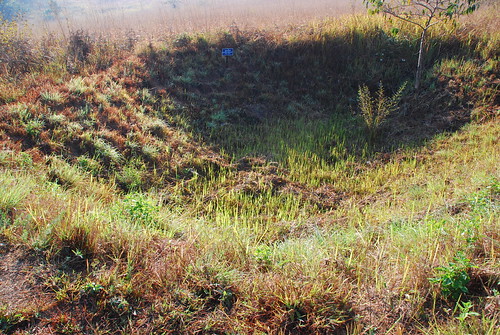
Closeup of the bomb crater.
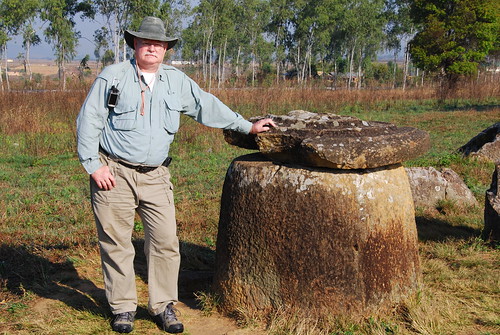
As you can see in this photo, I wore my GPS on the epaulette of my shirt. So, each photograph is geotagged with the location from my GPS at every location where a photograph was taken. For those of you who enjoy looking at maps, you may view the map on the flickr page (by clicking on the photo to go to the flickr page) or you may copy the photograph’s information and view the location for yourself in Google Maps or Google Earth. This article itself is geotagged with the location of Site #1.
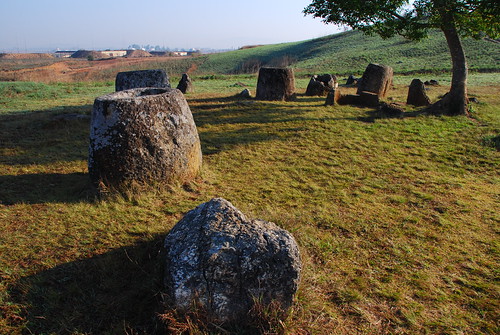
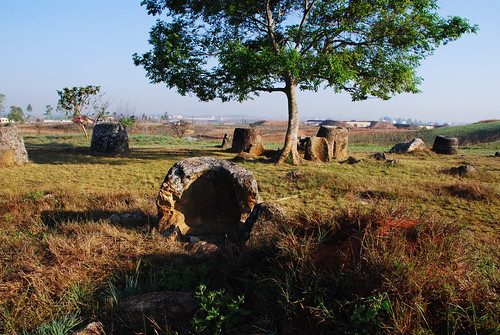
There are way too many photographs to show them all to you now. To see all of the Plain of Jars photos, you may visit the Flickr photo set by clicking this link.
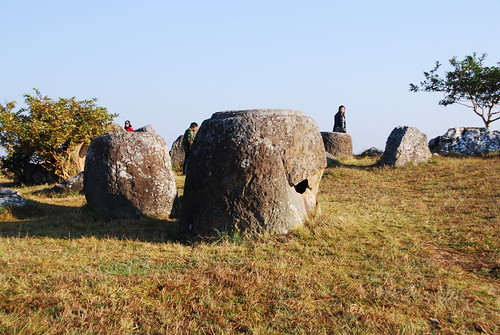
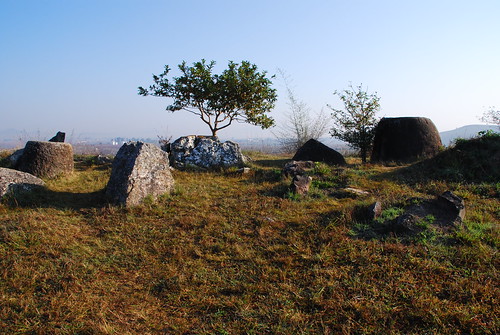
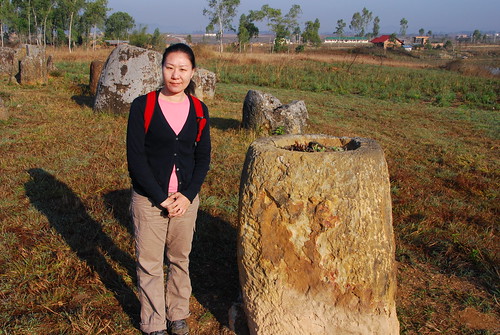
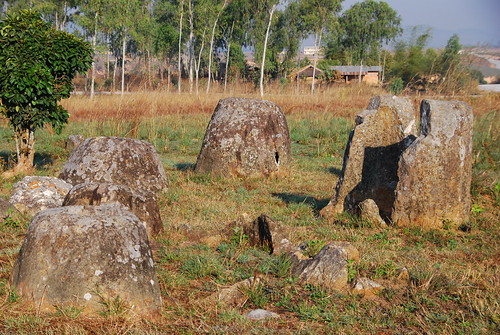
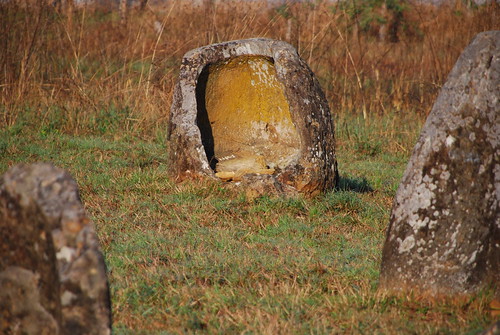
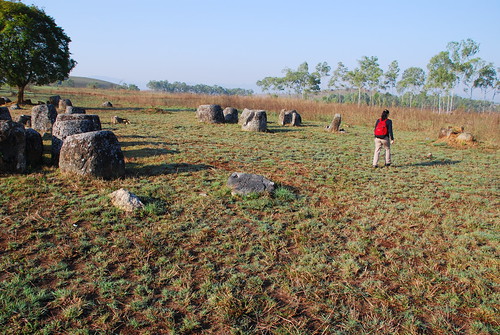
Site #1 has several sections. The jars are organized into several groups. No one knows why. These jars were away from the main group.
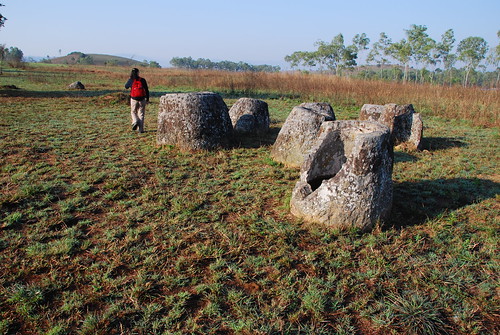
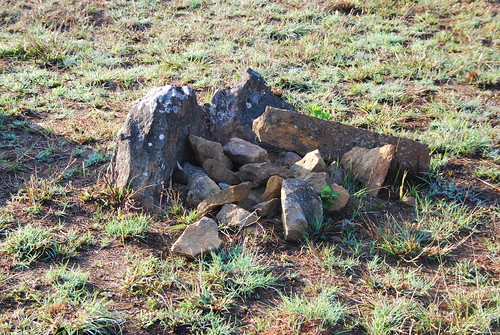
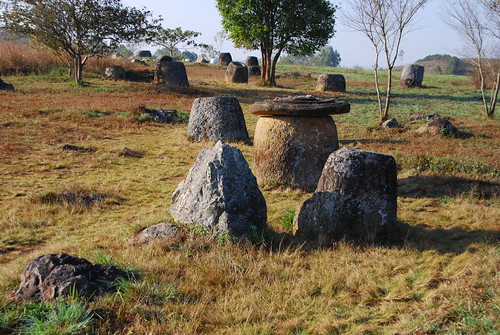
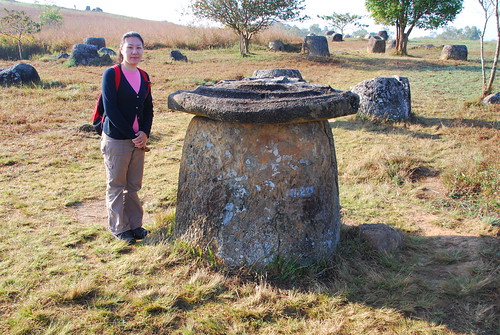
We found this one jar with a lid, but we can’t tell you anything else about it, unfortunately.

Up on a hill was another small group of jars. Hui-chen and I hiked up the hill to take a look at them. We found a bomb crater and a split jar, presumably damaged by the bomb going off.
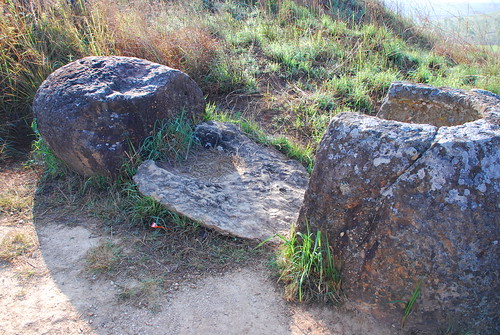
Side view of the split jar.
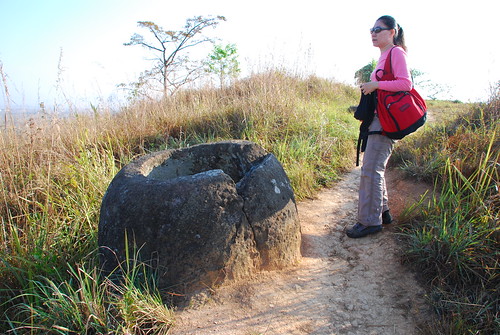
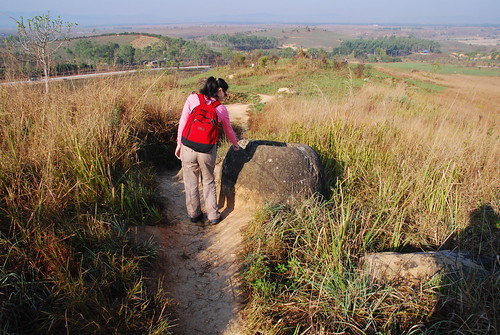
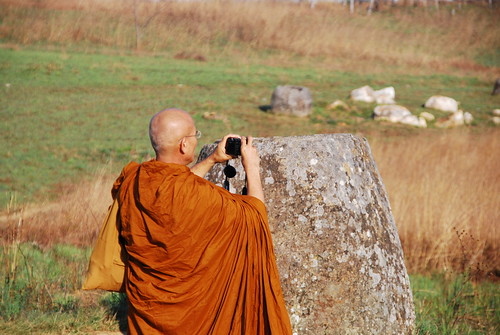
Monk with a digital camera.

This monk was leading a group on a tour.
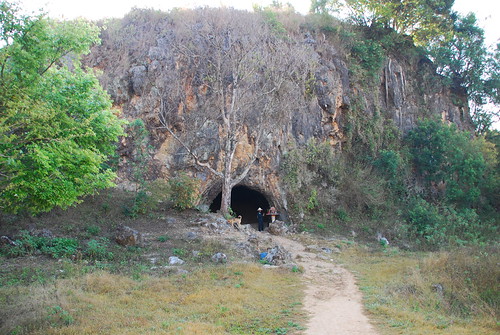
There is a cave at Site #1, and researchers have found evidence of human remains in the cave. This has lead to the conclusion that this cave was used for cremations because there is also an man-made vent hole in the top of the cave.
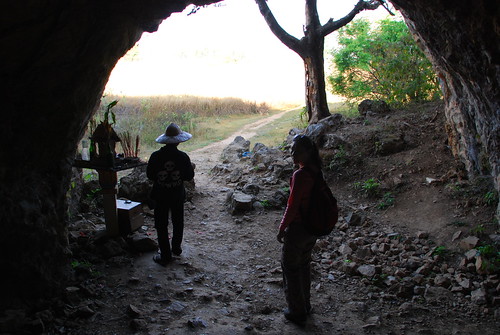
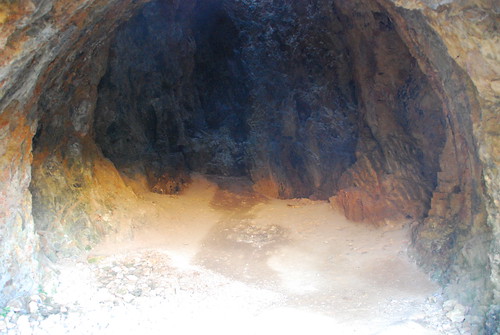
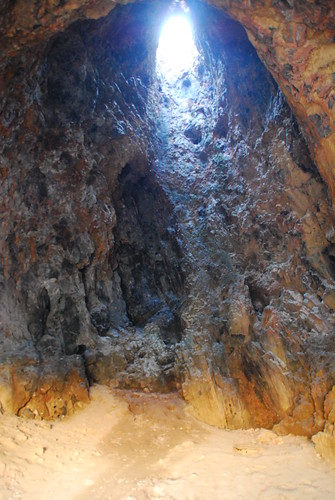
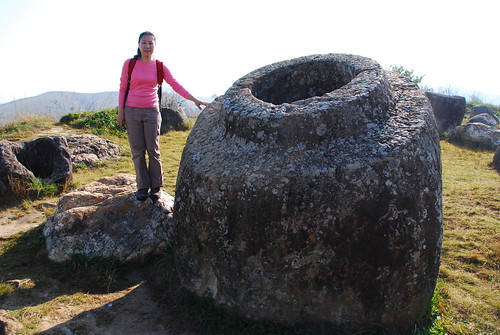
Once the other tourists had cleared out, we went back up to the first area and took a look. We found the biggest jar at Site #1.
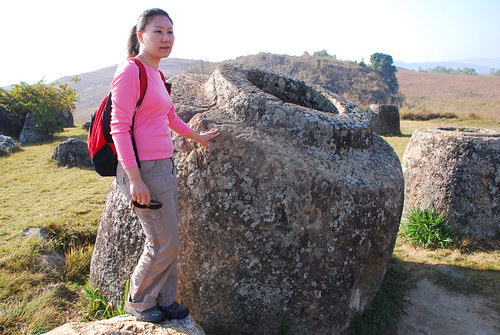
This jar is a monster! After visiting the Plain of Jars Site #1, we visited several other archeological and historical sites in the area. We’ll bring you the story on those sites in our next installment.

Former field engineer MJ Klein now lives in Taiwan, and writes articles that primarily feature photographs of travels of MJ and wife Hui-chen, plus daily goings on in the bustling island nation of Taiwan, and other places in Asia. Articles feature people, culture, food, situations and sometimes the trials and tribulations of traveling in places such as China, Hong Kong, Thailand, Laos and of course Taiwan.








